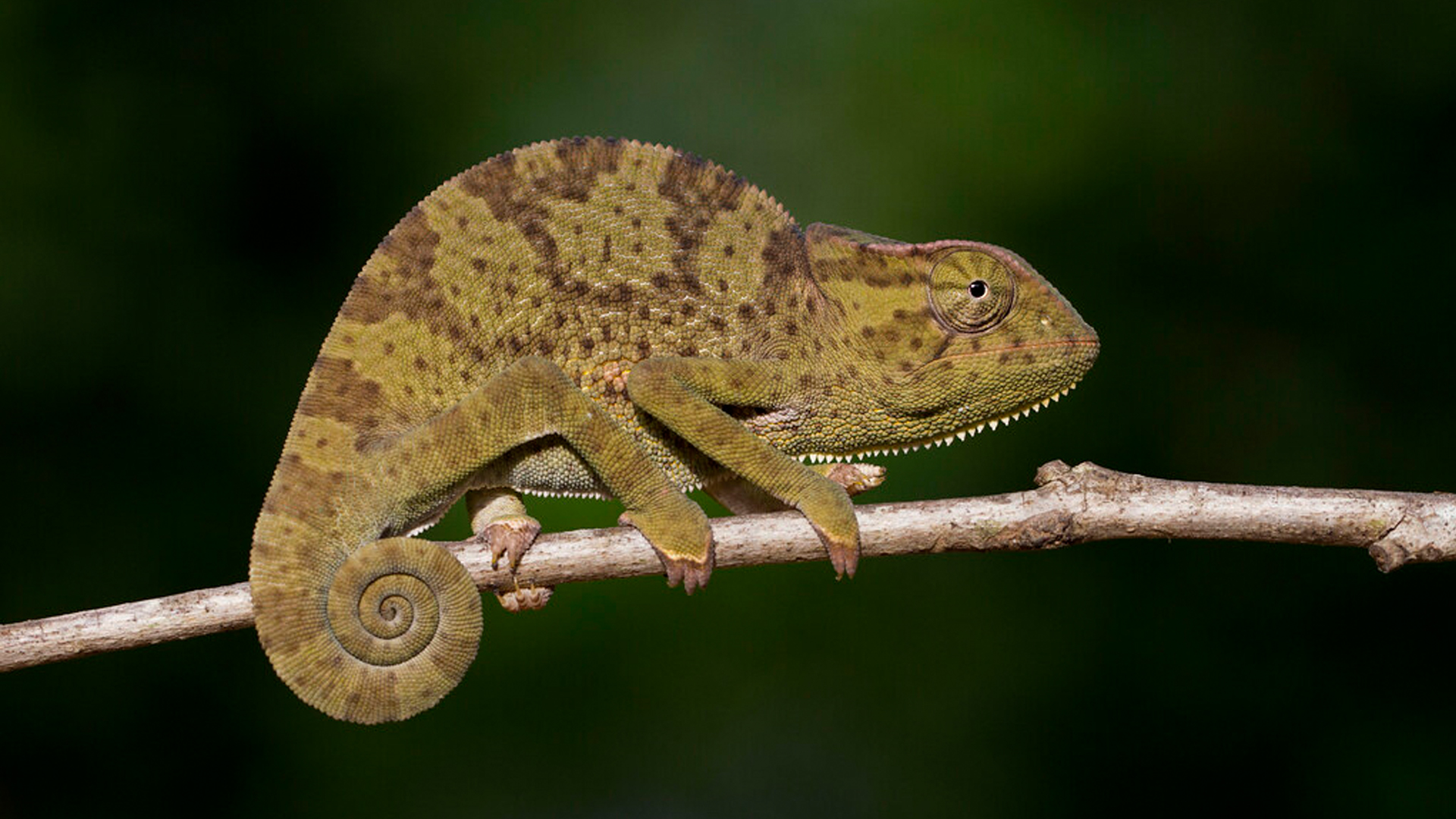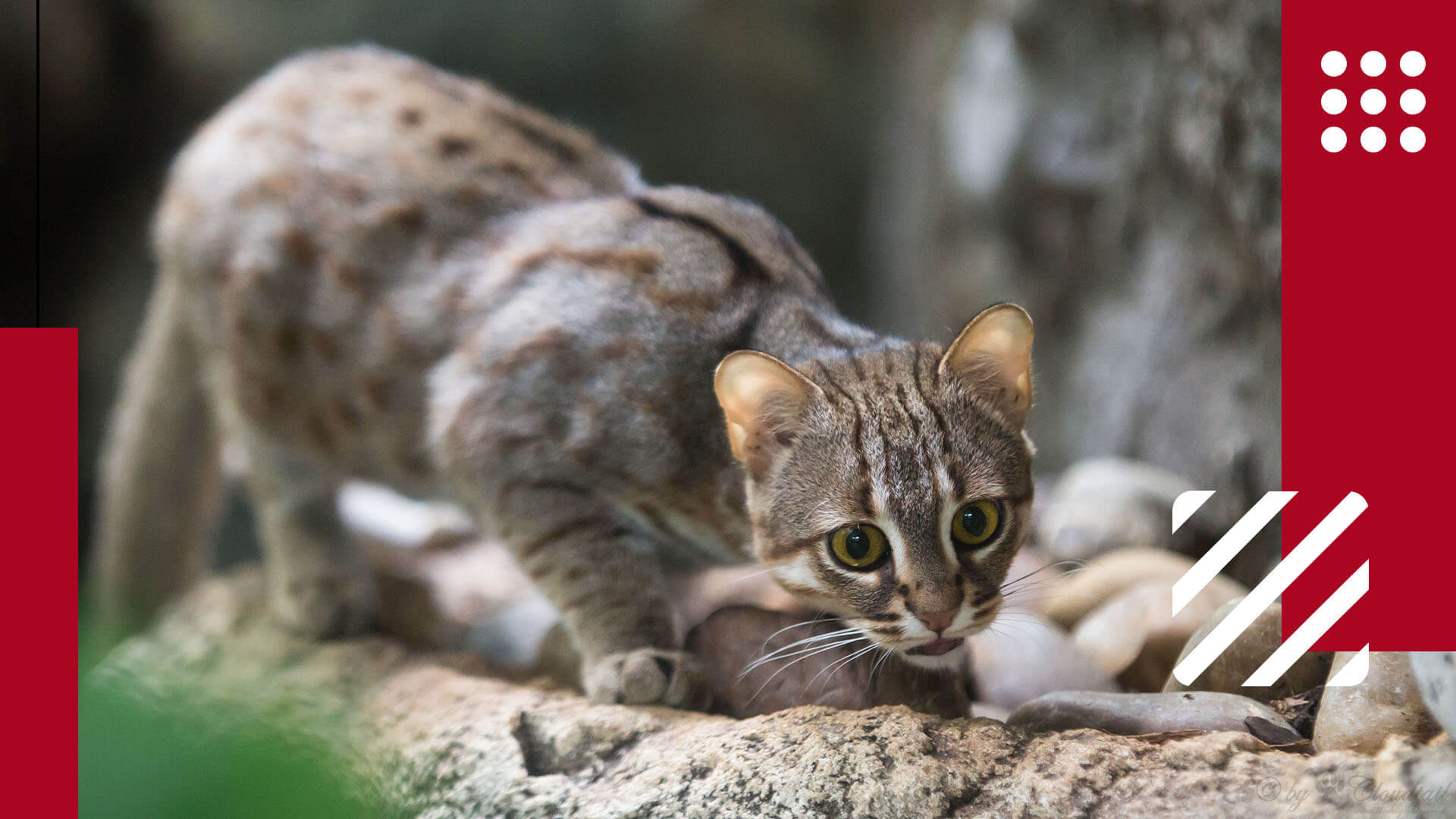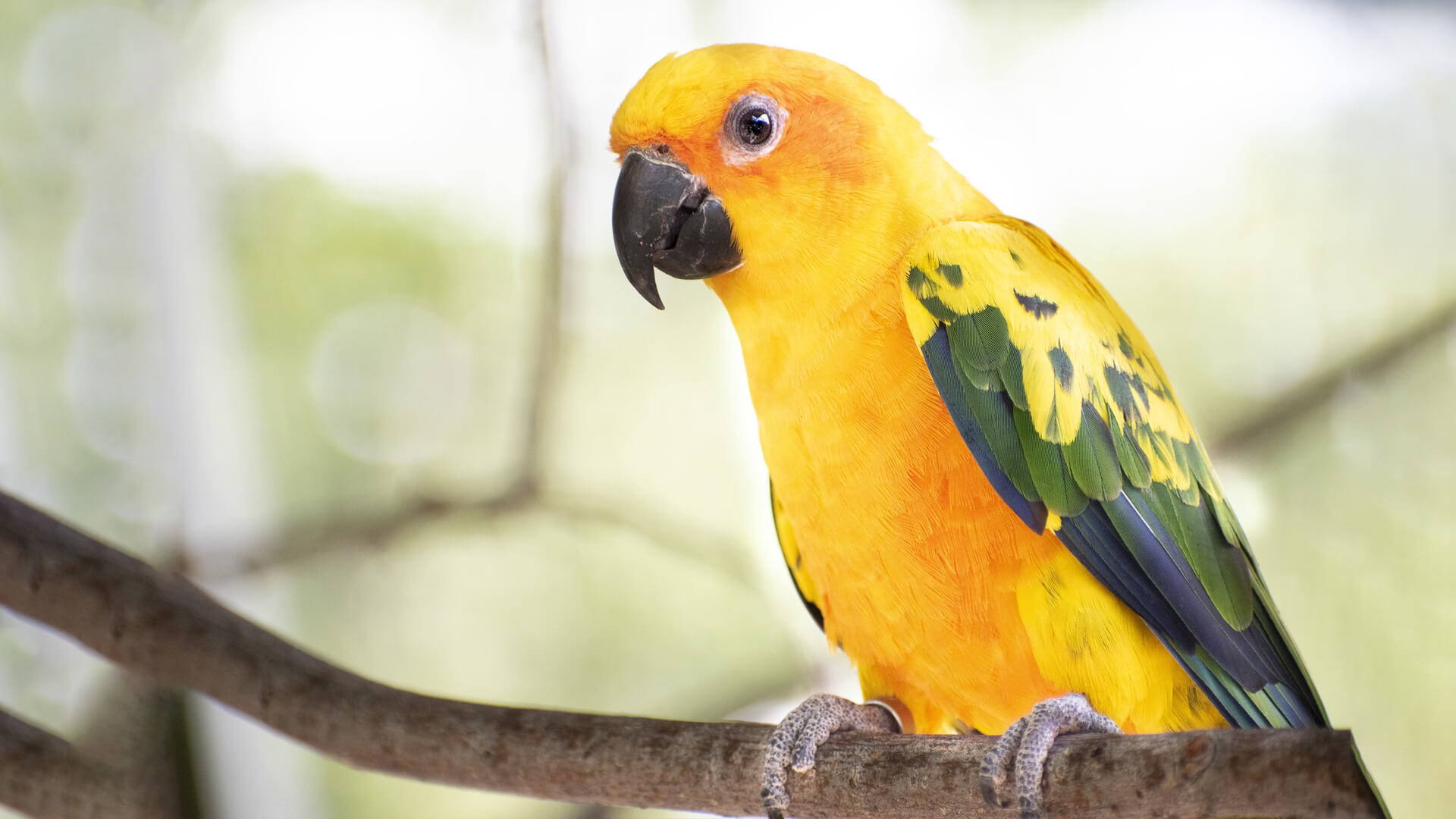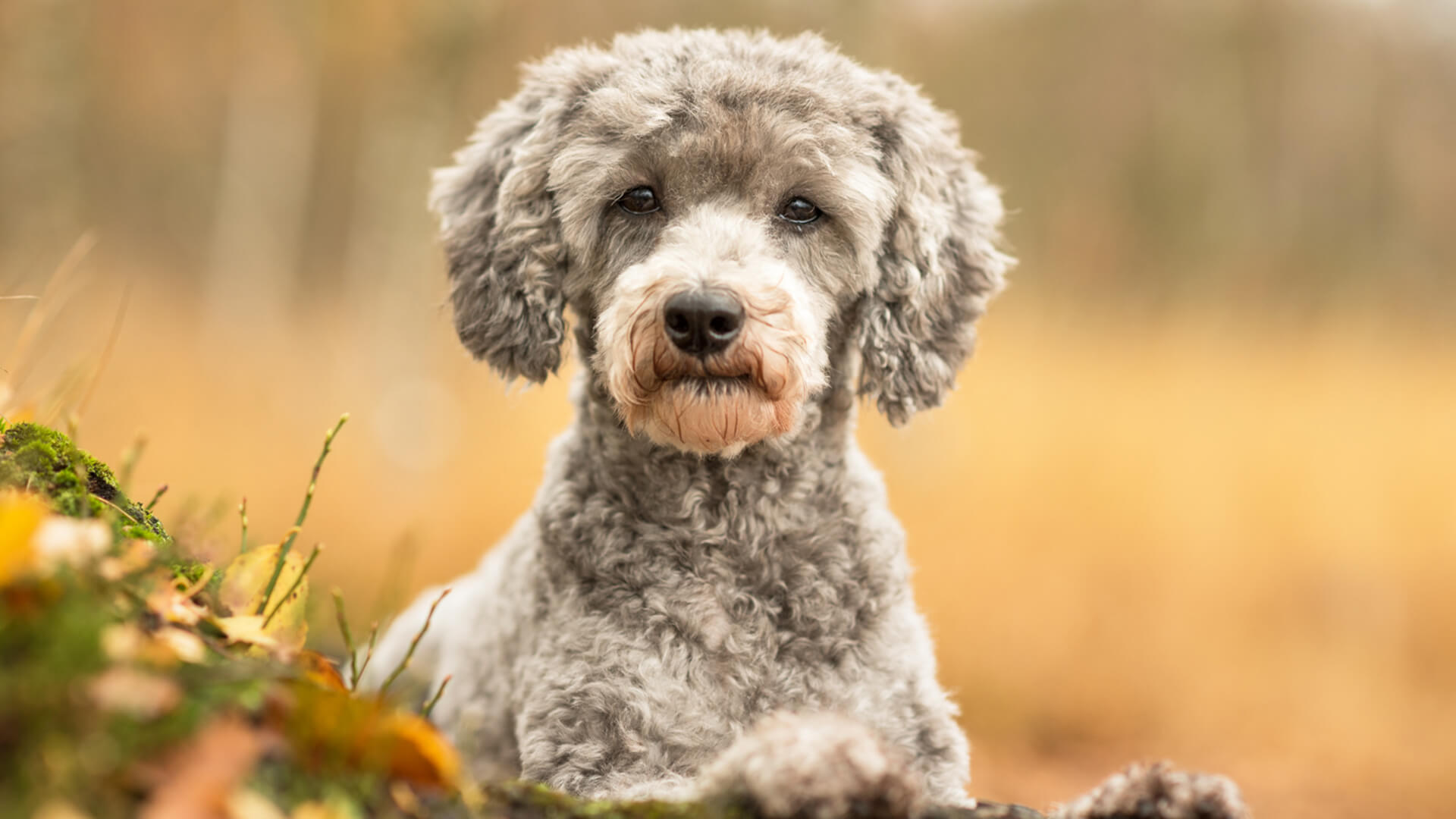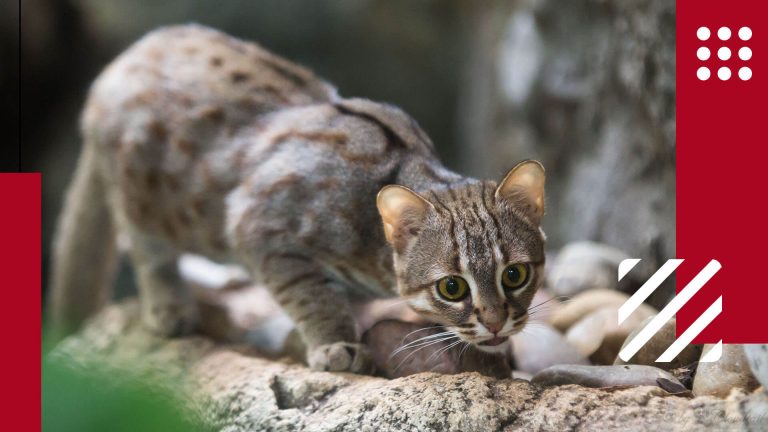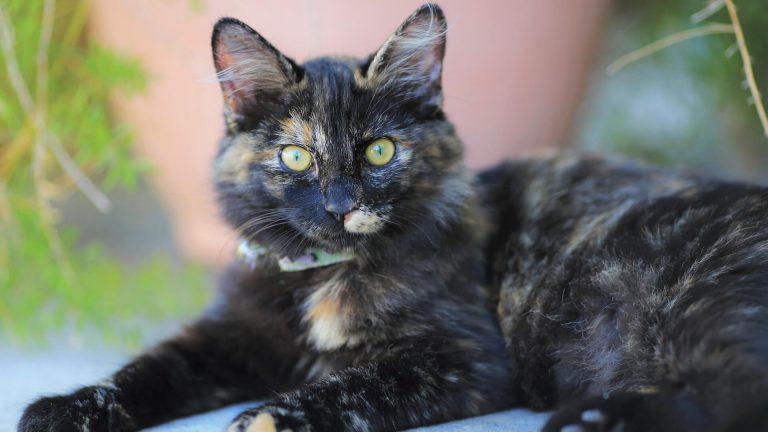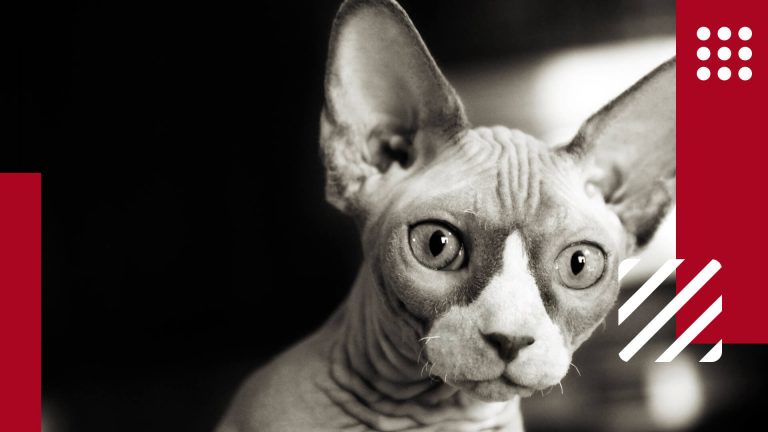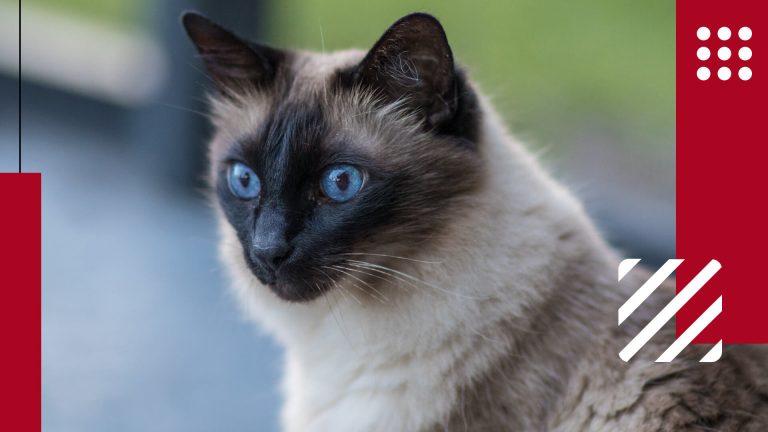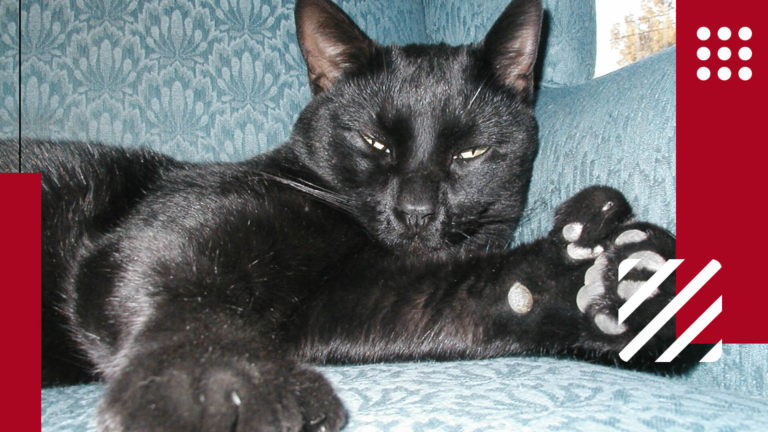The Oriental Shorthair is a breed that originated from the Siamese cats of ancient times. Through selective breeding involving Siamese, Abyssinian, and Russian Blue cats in the 1950s and 1960s, the Oriental Shorthair breed was created. This breed is known for its short, glossy fur, which adds to its ornamental beauty. With around 300 coat color variations, it is often referred to as a "rainbow cat." The body structure and head shape of the Oriental Shorthair resemble those of the Siamese. These medium-sized cats are not only intelligent and social but also highly vocal. Despite their slim appearance, they possess athleticism and are capable of climbing to great heights.
Distinctive Features of Oriental Shorthair Cat
| Breed Name | Oriental Shorthair |
| Lifespan | Up to 15 years |
| Size | Up to 10 inches |
| Weight | 6-10 pounds |
| Coat | Short, sleek, and close-lying |
| Color | Various solid colors and patterns |
| Health risk | Low |
| Unique trait | Slender body, large ears, and almond-shaped eyes |
| Famous for | Sleek appearance and striking coat colors |
| Temperament | Energetic, intelligent, and social |
| Maintenance | Moderate |
| Adaptability | High (can adapt well to various living environments) |
| Behavior | Generally good, but supervision is recommended |
| Personality | Active, playful, and vocal |
| Social | Generally good with other cats and pets if properly socialized |
Oriental cats exhibit a wide range of colors and patterns, including solid, smoke, bicolor, tri-color, shaded, particolored, tabby, and patched. Their personality is as vibrant as their multi-colored coats.
Male Orientals typically weigh between 3 to 5 kilograms, while females weigh around 3 kilograms. They have an average lifespan of 8 to 12 years. The coat colors vary greatly, with the body being light in color and the paws, ears, and face displaying darker markings.
Their bodies are characterized by a lustrous, flexible, graceful, and muscular build. They possess a harmonious combination of fine bones and well-developed muscles. The shoulders are broader than the hips, and their legs are slim and long, ending in delicate, oval-shaped feet. The hind legs are slightly taller than the front legs, and they have five toes in the front and four toes in the back. The abdomen is firm, and the neck is elongated and slender. Their coat lies close to the body.
The head is proportionate to the body and takes the shape of a long triangle. They have a long, straight nose and a medium-sized chin. Their tails are long and tapering, becoming thin at the base. Their most distinctive feature is their large, pointed ears that are wide at the base. Their almond-shaped eyes are medium in size, slanted towards the nose, and can be bright green, blue, bi-color with white, or odd-eyed.
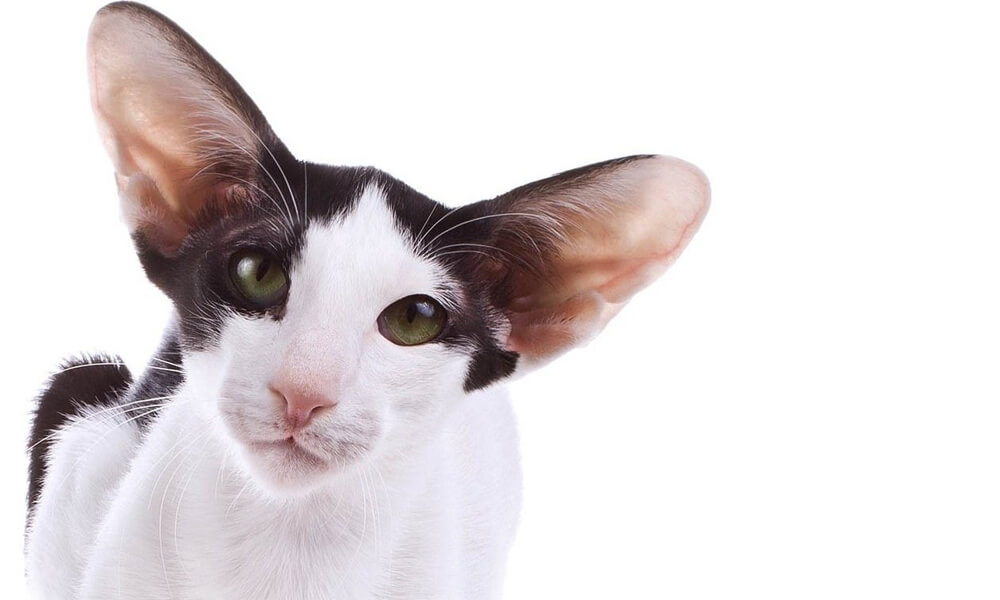
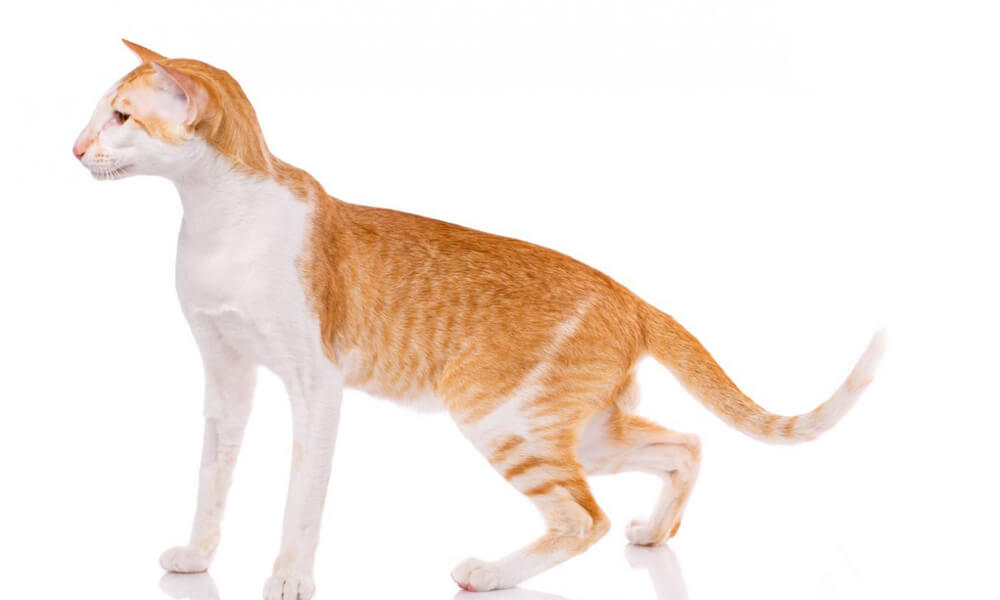
How to Take Care of Pet Oriental Shorthair?
Proper care and attention are essential when it comes to nurturing an Oriental Shorthair. These unique cats have specific requirements that demand time and patience from their owners. Neglecting their needs can have detrimental effects on their well-being. It is crucial to provide them with a specialized diet and give them the extra care and attention they require to ensure their overall health and happiness.
How to Setup Habitat for Pet Oriental Shorthair?
Setting up a suitable habitat for your pet Oriental Shorthair is essential to provide them with a comfortable and enriching living environment. Here are some guidelines to help you create an ideal habitat for your Oriental Shorthair:
- Provide a spacious living area: Oriental Shorthairs are active and agile cats, so it's important to offer them ample space to move around. Ensure that their living area is large enough for them to stretch, jump, and play freely.
- Include climbing and perching opportunities: These cats enjoy climbing and perching at elevated positions. Install cat trees, shelves, or wall-mounted perches to provide vertical spaces for them to explore and relax.
- Offer scratching posts: Oriental Shorthairs have a natural instinct to scratch, which helps them maintain their claws and exercise their muscles. Provide sturdy and tall scratching posts to fulfill this need and protect your furniture from scratching damage.
- Create hiding spots: Cats, including Oriental Shorthairs, appreciate having hiding spots where they can retreat and feel secure. Use cat tunnels, covered beds, or boxes to offer cozy hiding places within their habitat.
- Provide interactive toys: Engage your Oriental Shorthair's active nature with interactive toys such as feather wands, puzzle toys, or treat-dispensing toys. These toys will keep them mentally stimulated and provide opportunities for play and exercise.
- Ensure access to fresh water and litter box: Place clean and fresh water bowls in easily accessible locations within the habitat. Additionally, provide a litter box with a suitable litter substrate, ensuring it is large enough for your cat to comfortably use.
- Maintain cleanliness: Regularly clean the habitat, including the litter box, to promote a clean and hygienic living space for your cat. This helps prevent odors and reduces the risk of infections.
What to Feed Oriental Shorthair?
Feeding your Oriental Shorthair a balanced and nutritious diet is crucial for their overall health and well-being. Here are some guidelines on what to feed your Oriental Shorthair:
- High-quality cat food: Choose a commercial cat food that is specifically formulated for adult cats. Look for a brand that provides a complete and balanced diet, meeting all of your cat's nutritional requirements. Read the ingredient list and ensure that real meat is listed as the primary ingredient.
- Wet or dry food: You have the option to feed your Oriental Shorthair wet or dry cat food, or a combination of both. Wet food can help keep them hydrated, while dry food can assist in maintaining dental health. Consult with your veterinarian to determine the best feeding method for your cat.
- Portion control: Follow the feeding guidelines provided on the cat food packaging, taking into consideration your Oriental Shorthair's age, weight, and activity level. Avoid overfeeding to prevent obesity and related health issues. Dividing their daily food intake into two or three smaller meals is generally recommended.
- Treats in moderation: Occasional treats can be given as rewards or for special occasions. However, it's important to choose cat-specific treats that are formulated for their dietary needs. Keep treats limited and ensure they do not exceed 10% of your cat's daily calorie intake.
- Fresh water: Provide your Oriental Shorthair with a clean and fresh water source at all times. Cats have a low thirst drive, so it's important to encourage them to drink by offering water in multiple locations and using clean bowls.
What to Avoid Feeding Oriental Shorthair?
When it comes to feeding your Oriental Shorthair, there are certain foods you should avoid to ensure their health and well-being. Here are some items to avoid feeding your Oriental Shorthair:
- Toxic foods: Some human foods can be toxic to cats and should never be given to them. These include chocolate, onions, garlic, grapes, raisins, alcohol, caffeine, and anything containing xylitol (an artificial sweetener). These foods can be harmful or even life-threatening to your cat.
- Raw or undercooked meat and eggs: Raw or undercooked meat and eggs may contain harmful bacteria such as Salmonella or E. coli, which can cause foodborne illnesses in cats. It's important to always cook meat and eggs thoroughly before offering them to your Oriental Shorthair.
- Bones: Avoid feeding your cat cooked bones or small, brittle bones, as they can splinter and pose a choking hazard or cause injury to their digestive tract. Stick to specially designed cat treats or toys for chewing and dental health.
- Dairy products: While cats enjoy the taste of dairy products, many cats are lactose intolerant, and consuming dairy can lead to digestive upset, including diarrhea. It's best to avoid giving your Oriental Shorthair milk, cheese, or other dairy products.
- Onions and garlic: Onions and garlic contain compounds that can damage a cat's red blood cells, leading to a condition called hemolytic anemia. Even small amounts of these ingredients can be harmful, so it's important to keep foods seasoned with onions or garlic away from your cat.
- Excessive carbohydrates: Cats are obligate carnivores, which means their bodies are designed to primarily digest and utilize animal protein. They have minimal carbohydrate requirements. Avoid feeding your Oriental Shorthair a diet that is high in carbohydrates, such as excessive amounts of grains or fillers, as it may not provide the necessary nutrition for their optimal health.
- Artificial sweeteners: Some artificial sweeteners, like xylitol, can be toxic to cats. These sweeteners are often found in sugar-free products, gum, and some human foods. Always check ingredient labels and avoid feeding your cat anything containing artificial sweeteners.
Brushing, Bathing & Grooming Needs of Pet Oriental Shorthair
The Oriental Shorthair has a short and sleek coat that is relatively low-maintenance compared to some other cat breeds. However, regular grooming and bathing are still important to keep them clean and healthy. Here are some guidelines for brushing, bathing, and grooming your pet Oriental Shorthair:
- Brushing: Despite their short coat, Oriental Shorthairs benefit from regular brushing to remove loose hair and prevent matting. Use a soft-bristle brush or a grooming glove to gently brush their coat once or twice a week. This helps distribute natural oils, keeps their coat shiny, and reduces shedding.
- Bathing: Oriental Shorthairs generally do not require frequent baths unless they get particularly dirty or develop a skin condition. Bathing them every few months or as needed is usually sufficient. Use a cat-specific shampoo that is gentle on their skin and coat. Be sure to rinse them thoroughly to remove all shampoo residue.
- Nail trimming: Trim your Oriental Shorthair's nails regularly to prevent them from becoming too long or sharp. Use a cat nail trimmer or a specialized nail clipper designed for pets. Take care not to cut too close to the quick, which is the sensitive part of the nail.
- Dental care: Dental hygiene is essential for your Oriental Shorthair's overall health. Brush their teeth regularly using a cat-specific toothbrush and toothpaste. Additionally, provide dental treats or toys that help keep their teeth clean and promote healthy gums.
- Ear cleaning: Check your Oriental Shorthair's ears regularly for dirt, wax buildup, or signs of infection. Use a soft, damp cloth or a cat-specific ear cleaner to gently clean the outer parts of their ears. Avoid inserting anything deep into the ear canal to prevent injury.
- Eye care: Oriental Shorthairs are prone to tear staining, so wipe their eyes gently with a damp cloth to remove any discharge or debris. If you notice excessive tearing, redness, or signs of infection, consult a veterinarian.
What are the Health Concerns of Oriental Shorthair Pet?
Oriental Shorthairs, like many other cat breeds, can be prone to various genetic and environmental health issues. While they share some common health concerns with Siamese cats, they also have their own unique vulnerabilities. It is important to be aware of these potential health problems in order to provide proper care and seek veterinary attention when needed.
Core vaccinations play a crucial role in preventing bacterial and viral infections in Oriental Shorthairs. These vaccinations typically include protection against diseases such as panleukopenia, calicivirus, rhinotracheitis, and rabies. Regular vaccination schedules recommended by veterinarians help ensure the cat's immune system is prepared to fight off these potentially serious infections.
Parasites can pose a threat to Oriental Shorthairs as well. Fleas, ticks, and ear mites can infest their fur and cause discomfort, itching, and potential secondary infections. Preventive measures such as using flea and tick treatments and regularly cleaning the cat's ears can help keep these parasites at bay. Additionally, internal parasites like roundworms, hookworms, heartworms, and whipworms can be transmitted through contaminated water, contact with infected soil, or mosquito bites. Regular deworming and preventive medications recommended by a veterinarian can help protect against these parasites.
In addition to these common health concerns, Oriental Shorthairs may be susceptible to specific diseases and conditions. Some of these include:
- Amyloidosis: A condition where abnormal protein deposits can accumulate in various organs, potentially causing organ dysfunction.
- Crossed eyes: Oriental Shorthairs can sometimes develop strabismus, a condition in which the eyes are misaligned.
- Bronchial disease: Some individuals may be prone to respiratory issues such as bronchitis or asthma.
- Congenital heart defects: Certain heart abnormalities can be present in Oriental Shorthairs from birth, which may require monitoring and management.
- Lymphoma: This is a type of cancer that can affect various organs in the body.
- Gastrointestinal conditions: Oriental Shorthairs may be prone to gastrointestinal issues like inflammatory bowel disease or food sensitivities.
- Hyperesthesia syndrome: This is a neurological disorder characterized by heightened sensitivity along the back, leading to excessive grooming or self-mutilation.
- Nystagmus: Some Oriental Shorthairs may experience involuntary eye movements, a condition known as nystagmus.
Regular veterinary check-ups and prompt attention to any signs of illness or changes in behavior are crucial for maintaining the health and well-being of Oriental Shorthairs.
What it's Like to Keep Oriental Shorthair as a Pet?
The Oriental Shorthair is a sleek and elegant cat breed known for its distinctive appearance, active personality, and affectionate nature. Here's what it's like to keep an Oriental Shorthair as a pet:
Personality: Oriental Shorthairs are known for their active and playful nature. They are curious, intelligent, and highly energetic cats that love to explore their environment. They enjoy interactive play sessions and are often described as "busy cats" due to their high activity levels. They form strong bonds with their owners and thrive on attention and companionship.
Social and Affectionate: Oriental Shorthairs are social cats that enjoy being part of the family. They are known for their affectionate nature and often seek out physical contact with their owners. They are lap cats and enjoy curling up next to their humans for cuddle sessions. They may follow their owners around the house and are generally interested in being involved in household activities.
Vocalization: Oriental Shorthairs are known for their vocal nature. They are quite talkative and will often engage in conversations with their owners using a variety of vocalizations, including meows, trills, and chirps. They are not afraid to express their opinions and can be quite communicative.
Intelligence and Trainability: Oriental Shorthairs are intelligent and quick learners. They enjoy mental stimulation and can be trained to perform tricks and respond to commands. They excel in puzzle toys, interactive games, and clicker training. Positive reinforcement techniques, such as treats and praise, work well in their training.
Compatibility: Oriental Shorthairs generally get along well with other cats and cat-friendly dogs if properly introduced. They enjoy the company of their human family but can also entertain themselves when necessary. However, due to their high energy levels and tendency to become bored easily, it's important to provide them with enough mental and physical stimulation to prevent behavioral issues.
What People Are Reading:
Frequently Asked Questions About Oriental Shorthair
Some of the generally asked questions about Oriental Shorthair as answered below:
Are Oriental Shorthair cats friendly?
Yes, Oriental Shorthair cats are known for their friendly and sociable nature. They are often described as being affectionate, outgoing, and highly interactive with their human companions. They enjoy being around people and are typically quite friendly towards strangers as well. However, individual personalities can vary, so it's important to spend time getting to know each cat and their unique temperament.
Are Oriental Cats cuddly?
While Oriental Shorthair cats can be very affectionate, their cuddliness may vary from cat to cat. Some Oriental Shorthairs are known to be quite cuddly and enjoy being held and snuggled, while others may prefer to show their affection in different ways, such as sitting close to their owners or engaging in interactive play. It's important to remember that each cat has their own preferences for physical contact, and it's best to respect their boundaries and provide affection in a way that they are comfortable with.

